Wait…
who?! where?!”
While a picture is worth a thousand words, it’s fair to say that graphic design can be worth thousands, even millions, of pounds. Especially when it comes to protecting the reputation or credibility of your brand.
Any Google search for ‘epic design fails’ is sure to bring up this beauty, from Where magazine. That’s ‘where’ with two ‘E’s by the way. I can’t imagine the model featured on the front page was too impressed!
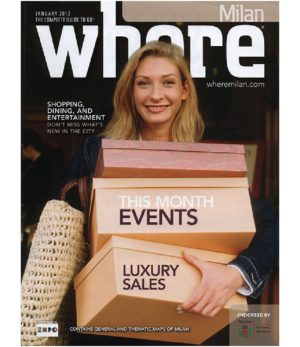
“How hard
can it be?!”
With such a fantastic array of graphic design software on the market, it can be tempting to try and save a bit of cash and have a go yourself. Beware! DIY design often turns out to be a false economy, as we’ll demonstrate here.
Professional design is about SO much more than ‘making things look pretty’
Take the use of colour for example; when designers make choices about colour, their decisions are informed by science. If hard data isn’t available, collective wisdom becomes the primary guide as to which colour combinations work in harmony, or clash jarringly.
Together, this creative toolbox is known as ‘colour theory’. It has a proven track record in the marketing world, where it helps guide customer opinions, influence purchasing decisions and ultimately drive sales. Results this powerful are too important to ignore. Through the application of colour theory, designers and artists can shape perceptions and even elicit emotions.
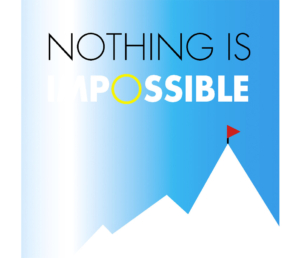
You can see what the person behind this was aiming for, but sadly, the design falls completely flat. An inspirational concept winds up sounding pretty bleak because the crucial ‘im’ of ‘impossible’ is invisible against the pale background. Who knows? It might have looked fine on the screen, but it certainly doesn’t work in print.
This is something else a seasoned designer would have been acutely aware of; the way specific elements of a design translate (or don’t!) across different media. Essential knowledge like this can only be developed with time and experience. It becomes instinct; it’s not something that can be uploaded and achieved during a 14-day free trial.
secondary
meanings…”
A good graphic designer will ensure their designs don’t create any problematic secondary meanings.
Here, the seemingly innocent use of two overlapping circles appears to suggest how little the organisation values trust, partnership, innovation and performance because the design unwittingly resembles a Venn diagram!
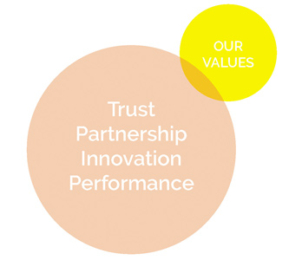
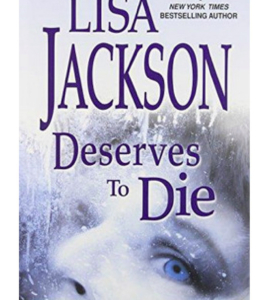
contextual
issues…”
Contextual issues are another minefield designers have to negotiate. Something that’s particularly important when it comes to book cover design. Here, the same font and colour have been used for both the author’s name and the book title, producing an alarming result. Even if it wasn’t Ms Jackson’s finest work, death seems a bit extreme!
do you have any idea
what ‘kerning’ is?”
Neither did the person who designed the packaging for these flickering lights. Gulp.
Simply put, kerning is the design term for using the spacing between individual letters to make the complete text more readable… and less accidentally offensive!
The skillset of any decent graphic designer should include all the basics, like kerning, colour theory and typography, as well as an encyclopaedic knowledge of fonts and the ability to avoid the most common pitfalls and tiptoe around the biggest risks.
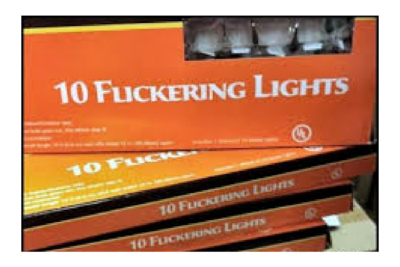
A silly slip up is embarrassing (at best) but your entire brand reputation could be compromised by one epic design fail. That’s why these things are best left to the professionals. The importance of branding and consistency cannot be overstated; this is another area where professional design services come into their own.
Don’t risk being featured in a future ‘epic fail’ blog! Give us a call and we can talk through what you need and how our designers can get ridiculously creative on your behalf, while you concentrate on what you’re good at – running your business.
Nimble Media – The Home of Ridiculous Creativity!
If you have any questions or would like to discuss your design needs with us, then do get in touch – we are only a click or phone call away!
Connect with us on social media:
Facebook | Twitter | LinkedIn | Instagram
(psst.. click the links to go to our pages!)

